Why Trump can reset the Middle East conflict
As the Islamic Republic ratchets up its bellicose rhetoric following Israel’s retaliatory strikes on Iranian military sites, US president-elect Donald Trump has a golden opportunity to deliver a reset that can reshape the Middle East.
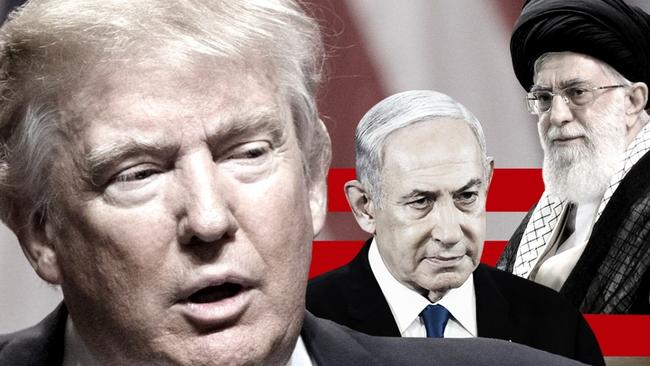
In seeking a more active role in degrading Iran’s ability to sow violence and discord throughout the region, the new Trump administration should resist the temptation of military intervention, whether originating from Washington or Jerusalem.
Military action would only play into the hands of Iran’s hardliners, whose schtick of part victim, part revolutionary purist and occasional nationalist is little more than an attempt to divert attention from their basic shortcomings, where incompetence is underpinned by brutality.
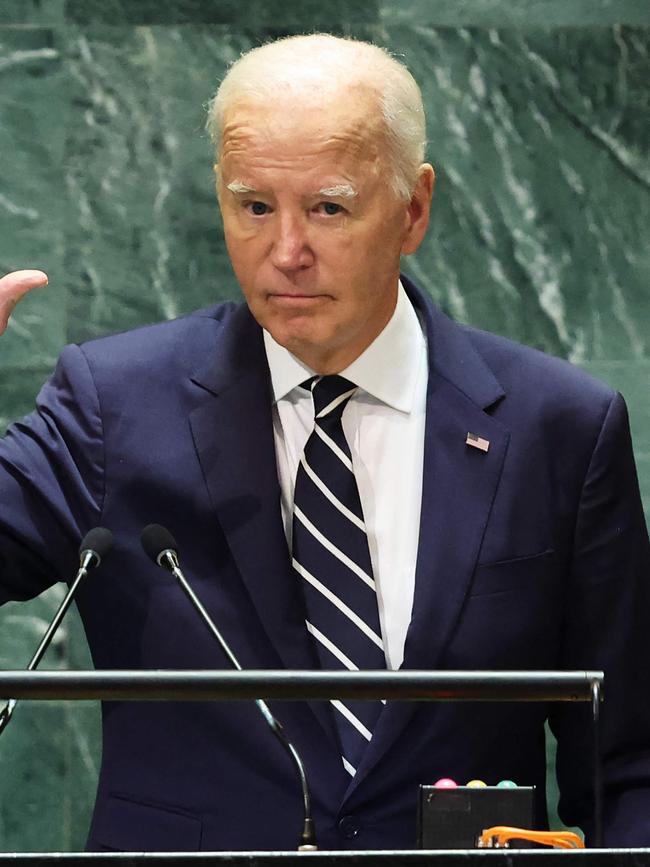
Worse, attacking Iran runs the real risk of embroiling the region in another cycle of devastating violence whose outcome may end up being worse for the US than the status quo ante.
The new administration’s focus should be on degrading the Islamic Republic’s ability to finance domestic repression and regional terrorism, as well as strengthening support for the Iranian people so that when the timing is right they can effect change from within.
Unwinding Biden’s failed Iran policies
Trump will move swiftly to cast off the Obama-era officials who regained influence under Joe Biden’s administration and pushed a strategy that offered economic and diplomatic inducements to Iran to return to the 2015 Joint Comprehensive Plan of Action nuclear deal.
Regardless of the merits of Trump’s exit from that deal in 2018, the failure of the Biden administration to re-engage the regime, marred by the influence-peddling of the so-called Iran Experts Initiative and sidelining of key personnel involved in Iran policy, has emboldened regime hardliners.
The seismic shifts in the strategic landscape following the October 7 atrocities last year and the two unprecedented Iranian missile and rocket attacks on Israel exposed the chaotic nature of Biden’s Iran policy. Despite offering sanctions relief and diplomatic rapprochement since taking office in 2021, Tehran’s hardliners have shown little to no interest in moderating their belligerency.
In unwinding the first Trump administration’s hard-hitting economic sanctions, the Biden administration effectively gave the regime a free pass to ramp up its support for regional terror proxies Hezbollah, Hamas, the Houthis and assorted Iraqi and Syrian Shi’ite militias.
Not even the unprecedented nationwide protest movement that erupted in 2022 following the death in custody of Mahsa Jina Amini, who had been arrested for improper hijab, was enough to precipitate an end to the inertia, leading to accusations that Biden lacked an Iran policy altogether.
Squandering an opportunity to bolster those who sought to topple the Islamic Republic’s regime from within, the Biden administration continued to turn a blind eye to the enforcement of sanctions, allowing Iran’s oil exports to increase by 50 per cent last year, with the bulk going to China. Sanctions waivers totalling $US10bn were approved for countries such as Iraq, and in September last year the US greenlit a controversial hostage deal that gave Iran access to $US6bn in frozen assets in exchange for five detained US citizens. The new Republican administration now has a mandate to change course.
Tehran is vulnerable right now
In the 13 months since Hamas’s October 7 attacks, Israel has invaded Gaza and Lebanon and wrought profound destruction on the capabilities of two of Iran’s most important proxies, including the core player in its axis of resistance, Hezbollah. Israel’s demonstrated capacity to hit anything or anyone inside Iran underscores the extent to which the Islamic Republic’s adversaries and even the regime itself have likely underestimated the country’s vulnerabilities.
Iran has long feared a second Trump presidency and sought to use its sophisticated cyber and hacking capabilities to interfere in the US elections to shift the scales in favour of Kamala Harris. The CIA even had uncovered a plot to assassinate Trump allegedly directed from Tehran.
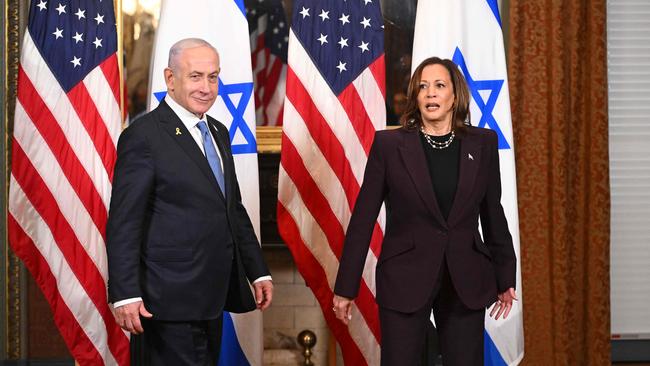
In a move perhaps designed to pre-empt a Trump victory, last week Iran executed Jamshid Sharmahd, a prominent dissident who had resided in the US for two decades and was also a citizen of Germany. While the Biden administration had declined to get involved in Sharmahd’s case, an Iranian court indicted the US government alongside Sharmahd earlier this year and ruled that both must pay compensation to Iran of $US2.5bn ($3.8bn).
It is possible Iran feared that a future president Trump might take a harder line than Biden on its hostage-taking of Americans and that killing Sharmahd in the final months of Biden’s presidency would be less likely to provoke a response.
Maximum pressure 2.0?
The new Trump administration is likely to discover that a weakened Iran will be harder to predict, deter and dissuade than one secure in its position as a regional heavyweight. Stopping short of military intervention, Trump should revert to his earlier strategy of maximum pressure to strangle Iran’s ability to fund its network of proxies and discourage hardliners within the country from doubling down on their quest for nuclear weapons.
Decades of mismanagement and rampant corruption have left Iran’s domestic economy in a moribund state. Chronic unemployment and inflation have hollowed out what remains of the middle class, with many Iranians grappling with rising shortages of basic staples, including food and energy.
The new administration should compound Iran’s economic malaise by expanding Trump’s 2018 sanctions regime, which targeted a broad sweep of companies and industries, irrespective of national origin, and effectively made them choose between doing business with Iran and the US – unsurprisingly, the vast majority chose the latter.
In particular, a new maximum pressure campaign should sanction the Islamic Revolutionary Guard Corps’ economic interests, including the “charitable foundations” (bonyads) that dominate significant parts of the economy.
Targeted sanctions also should be applied to key members of the regime’s elite and their immediate families, many of whom reside in North America and Europe. Restricting the elites’ ability to travel and access funds will create internal tensions within the regime in the same way the crackdown on oligarchs following Russia’s invasion of Ukraine provoked significant recriminations inside Russia. Expropriating interest on seized Russian assets to aid Ukraine’s war effort is an innovative measure that could similarly be adopted in the case of Iran.
Death of the Ayatollah
There is a strong likelihood that during Trump’s second presidency Iran’s 85-year old Supreme Leader Ayatollah Ali Khamenei will die. There is a significant chance that his death will spark a further inflection point in the ever-deepening schism between the Iranian people and their authoritarian rulers, promising a precipitous moment of great vulnerability for the regime.
One of two likely successors to Khamenei, former president Ebrahim Raisi died in a helicopter crash in May.
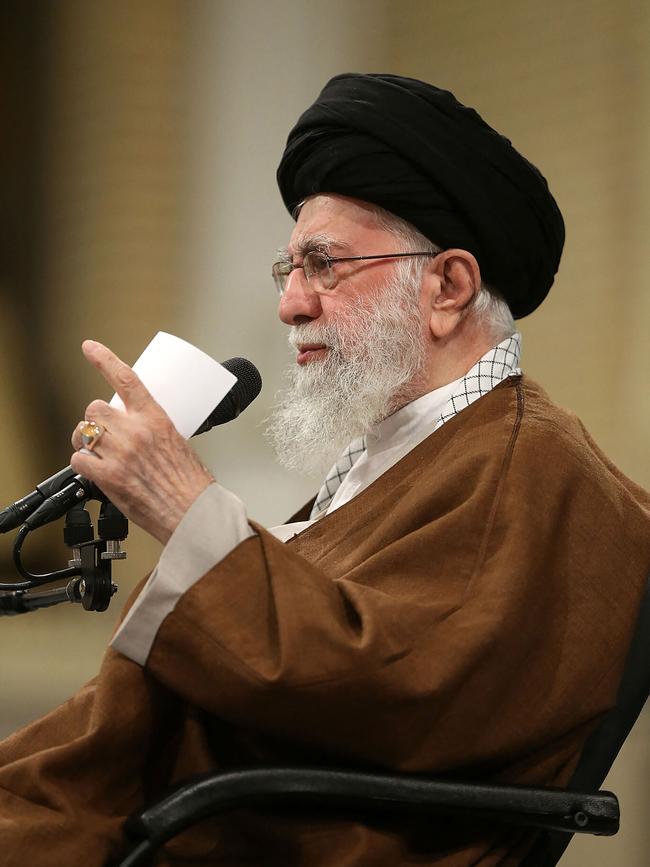
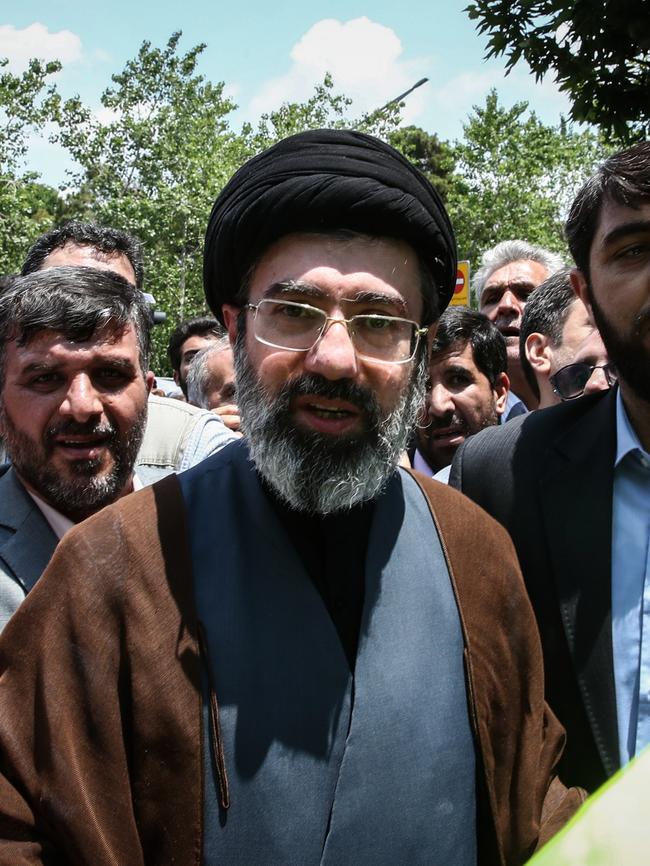
The second is Khamenei’s son Mojtaba, a shadowy figure, disliked by some factions of the regime and the public more broadly. Notwithstanding the obvious challenges inherent in installing familial succession in a regime opposed to hereditary rule, Mojtaba Khamenei lacks religious credentials and the political stature of his father, who was a key figure in the revolution’s early days under the Islamic Republic’s founder, Ayatollah Ruhollah Khomeini.
The prospect of a succession struggle at the top of the Iranian regime offers the US and its allies an unparalleled opportunity to consider what a post-Khamenei Iran could look like and to plan for what can be done to support the Iranian people should they once again choose to rise up.
Middle East policy was one of the few foreign policy areas in which Trump achieved meaningful success. Rather than be caught on the hop, as Barack Obama was in 2009 and Biden was again in 2022, Trump should build on this legacy and prepare in advance for how the US can harness Iran’s next mass popular uprising to help transform the regime from within.
Kylie Moore-Gilbert is a scholar of the Middle East based at Macquarie University. She is the bestselling author of The Uncaged Sky: My 804 Days in an Iranian Prison. Patrick Gibbons is a former diplomat who served in the Australian embassy in Tehran. He is a partner at corporate advisory firm Orizontas.


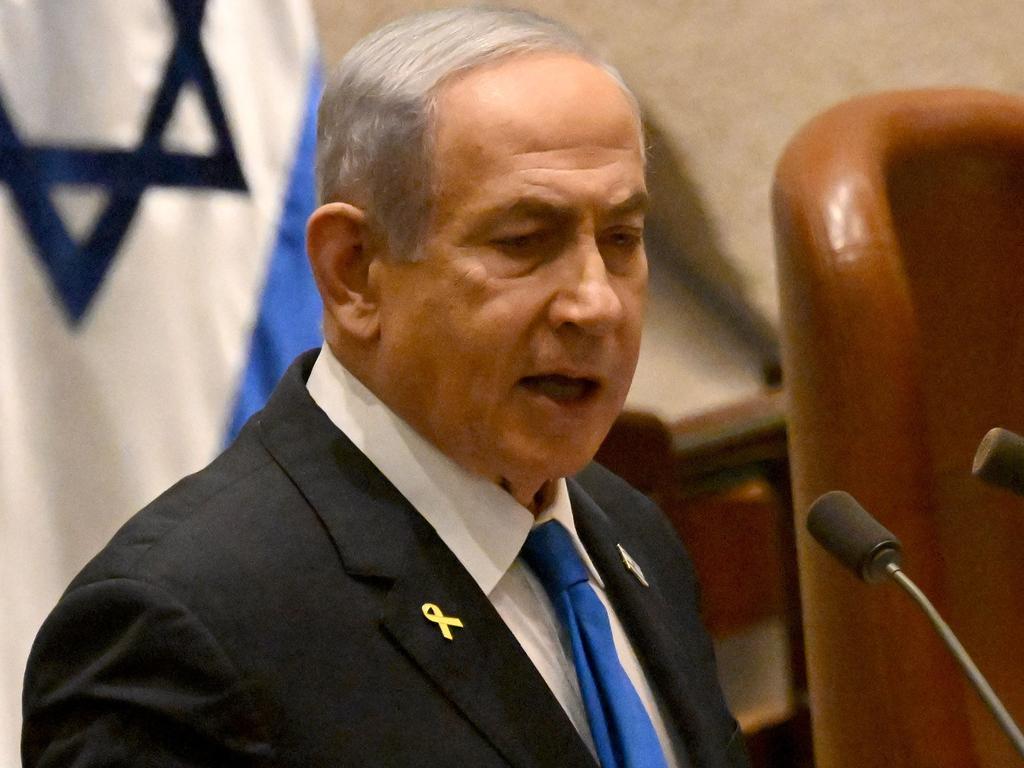
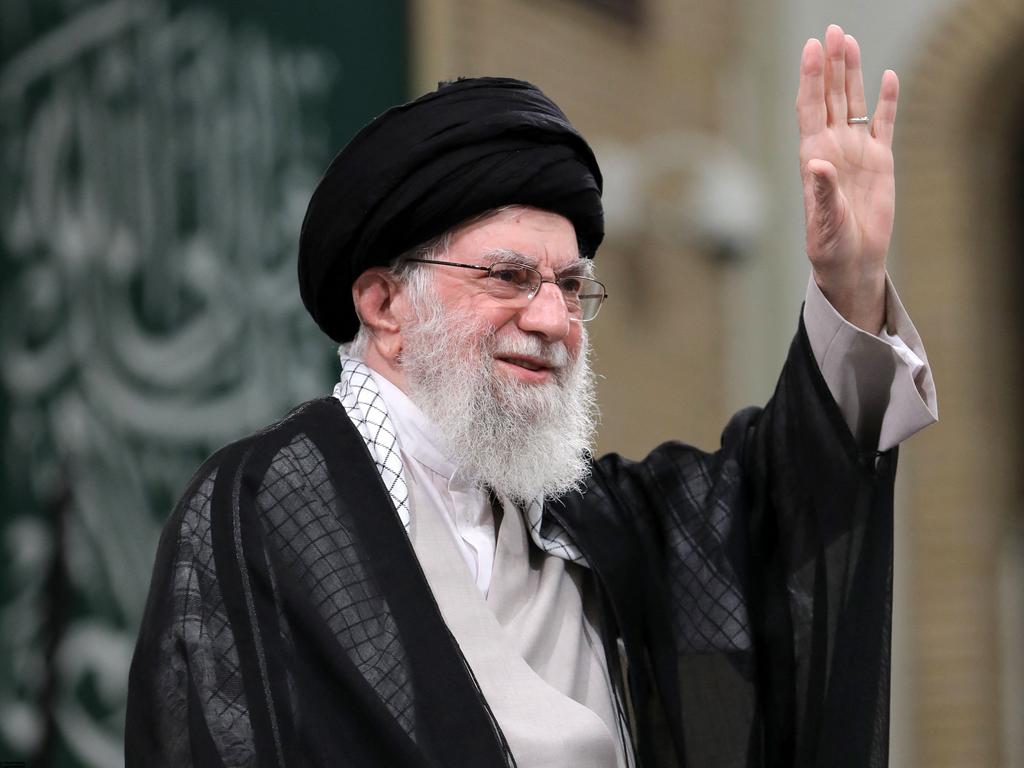
As the Islamic Republic ratchets up its bellicose rhetoric following Israel’s retaliatory strikes on Iranian military sites, US president-elect Donald Trump has a golden opportunity to deliver a reset that can reshape the Middle East.